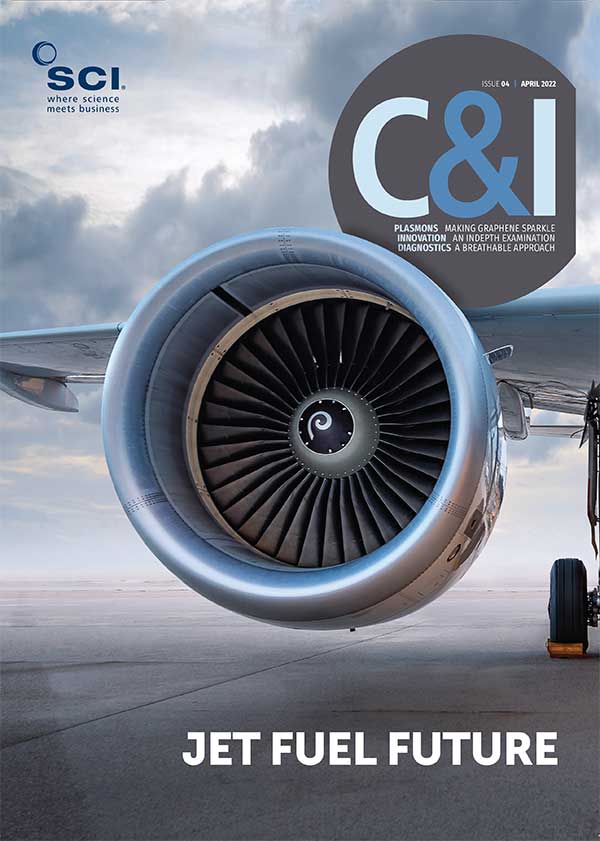Anthony King
Disruption of fertiliser supplies arising from the Russian invasion of Ukraine could lead to higher food prices, according to industry experts.
Russia accounts for 23% of the global ammonia export market, 14% of urea, 21% of potash and 10% of phosphates, notes M. P. Sukumaran Nair, Director of the Centre for Green Technology and Management in Cochin, India. The Black Sea ports of Yuzhne and Odesa are important destinations for piped ammonia from Russia. Also, Belarus, sanctioned by Western governments, is the largest producer of potash in the world, after Canada and Russia.
Export/import restrictions and the rise in energy prices are pushing up fertiliser prices around the world. Fossil fuels power the energy intensive Haber-Bosch process to make ammonia, the main ingredient of nitrogen-based fertiliser.
‘This is really a continuation of a two-year disruption in the production of fertilisers,’ says Yiorgos Gadanakis, an agricultural economist at the University of Reading, UK. First, the Covid-19 pandemic disrupted fertiliser production. Second, energy prices surged when economies reopened after pandemic restrictions were lifted. Some fertiliser manufacturers, deciding gas prices were too high, then opted to shutter or reduce production.
Gadanakis suspects that yields may drop as farmers opt not to use the same amount of fertiliser on their crops, while fertiliser price will impact which crops farmers will sow for this coming year. Ammonium nitrate prices climbed from £650 in early March 2022 to £1000 by the end of the month.
Together, Russia and Belarus account for 40% of potash production. Since Russia invaded its neighbour on 24 February 2022, there has been increased interest in Canada as a supplier of this potassium-rich mineral.
‘Potassium availability is a quirk of nature and geological history,’ says John Hammond, a crop scientist at Reading. ‘For Belarus, it just happens to be where those deposits are, and for Russia, it has this huge land area.’ He notes the UK is fairly self-sufficient due to a potash mine near Boulby, northeast England.
Other countries are not so fortunate. India imports almost all its potash and phosphate fertiliser, with 20 to 25% coming from Russia and Belarus. India is also the world’s largest urea importer, mostly from China, Oman, Ukraine and Egypt, notes Nair.
The rising cost of urea, however, will be borne by the Indian government, as it is under a pricing mechanism – putting additional strain on the exchequer. The government will subsidise nitrogen-phosphorus-potassium and potash for its farmers, but they will still face higher costs here. ‘Even before the war, there was an increase in gas prices and therefore an increase in ammonia prices,’ says Nair.
Hammond says the crisis should further spur efforts towards more environmentally friendly farming practices, such as including more nitrogen-fixing legumes in crop rotations and implementing technologies that adjust the application of nitrogen to where it’s needed in a crop field. ‘This is an opportunity to reconsider how we produce crops,’ adds Gadanakis.
It is expected that grain prices will shoot up, as both Russia and Ukraine are major exporters of maize and wheat. ‘We won’t have the supply that we need to meet demand, especially in north Africa and other developing countries,’ says Gadanakis. In developed countries, there is unlikely to be problems procuring produce, but prices will go up.
Farmers must make decisions based on costs, but also expected prices come harvest time. ‘While you get a premium for making breadmaking quality wheat, you need to put more nitrogen on the crop to make sure the protein content is high enough,’ explains Hammond. ‘Farmers right now are making those risk calculations.’
Typically, 6kg of grain is needed to pay for 1kg of nitrogen fertiliser, but the rise in fertiliser prices pushed this ratio up to 10kg of grain in the UK. Nonetheless, as the price of grain rises, the ratio might come down again. An end result will be higher food prices, higher inflation and further pressure on low-income consumers.
‘A good benchmark is probably 2008, when we had a global economic crisis, and that led to price rises and riots and civil disturbances in some countries,’ says Hammond.





